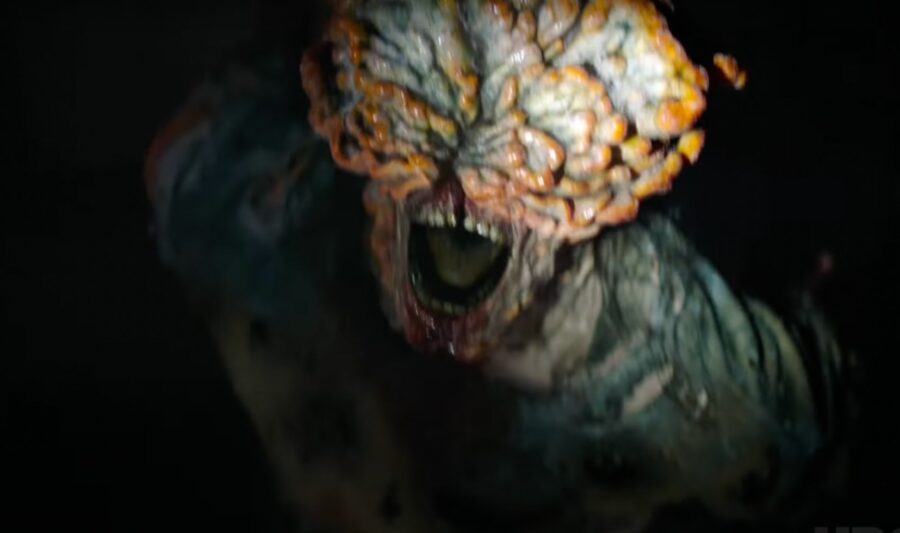The Last Of Us Brain-Controlling Zombie Fungi Is A Real Threat To Humans?
The Last of Us showrunner Craig Mazin explains how a real-life parasitic fungus could someday infect human brains, just like in the horror franchise.

The idea behind the apocalyptic zombie-esque outbreak in The Last of Us is a terrifying concept – especially because it’s based on real natural phenomena. The HBO series, which follows the plot of the award-winning PlayStation games, involves humans getting infected by the terrifying real-life cordyceps fungus, a parasitic fungus that is known for taking over the brains of insects and forcing them to act in a way that continues to spread the fungus to other potential hosts. According to showrunner Craig Mazin, it’s possible that the fungus could evolve to infect humans.
As Mazin puts it, if the world warms to the point where the fungus is no longer able to spread using its insectoid hosts, it would have to evolve to survive – possibly by figuring out a way to infect warm-blooded hosts. This includes the possibility of what The Last of Us imagines: the fungus taking over brains and causing them to care only about further spreading their fungal infection. Mazin says that there’s no known way to stop or treat such an infection.
The show (and the games it’s based on) imagine how a cordyceps infection could manifest. The Last of Us portrays the initially infected still having control of part of their mind but being unable to control their body, which has the uncontrollable urge to bite non-infected humans and spread the fungus. Eventually, their mind and physical appearance deteriorate to form what’s known as a “clicker” – a completely deformed humanoid with a mushroom-looking head that uses echolocation to locate its victims.

If that doesn’t sound particularly scientific, well – good catch. You’ve probably also noticed that while Craig Mazin is a writer, a director, and a producer, he’s not … you know, a biologist. Developer Naughty Dog, which created the original The Last of Us games, is likewise not made up of biologists (unlike Bioware, which was originally founded by medical doctors – but that’s a completely different story).
The reality is that human bodies are much better at fighting off fungal infections than insects. Plus, the method that the cordyceps fungus uses to infect insects is so far off from what it’d take to infect mammals (such as humans) that such an evolution is unlikely to happen any time within the foreseeable future – so you, your kids, and your kids’ kids won’t likely become fungus-controlled puppets any time soon.
However, if the cordyceps does somehow start taking over humans, the reality of the infection might be even more terrifying than what’s shown in The Last of Us. Cordyceps doesn’t spread by bite, it spreads through the air. You wouldn’t have to worry about being bitten – you’d have to worry about breathing at the wrong time.
Regardless of whether the series is realistic, The Last of Us looks to be a triumph for HBO. The series, which cost more than the first five seasons of Game of Thrones, got an unbelievable perfect score on Rotten Tomatoes. Episode one of the series was released on Sunday and is streamable on HBO Max.












